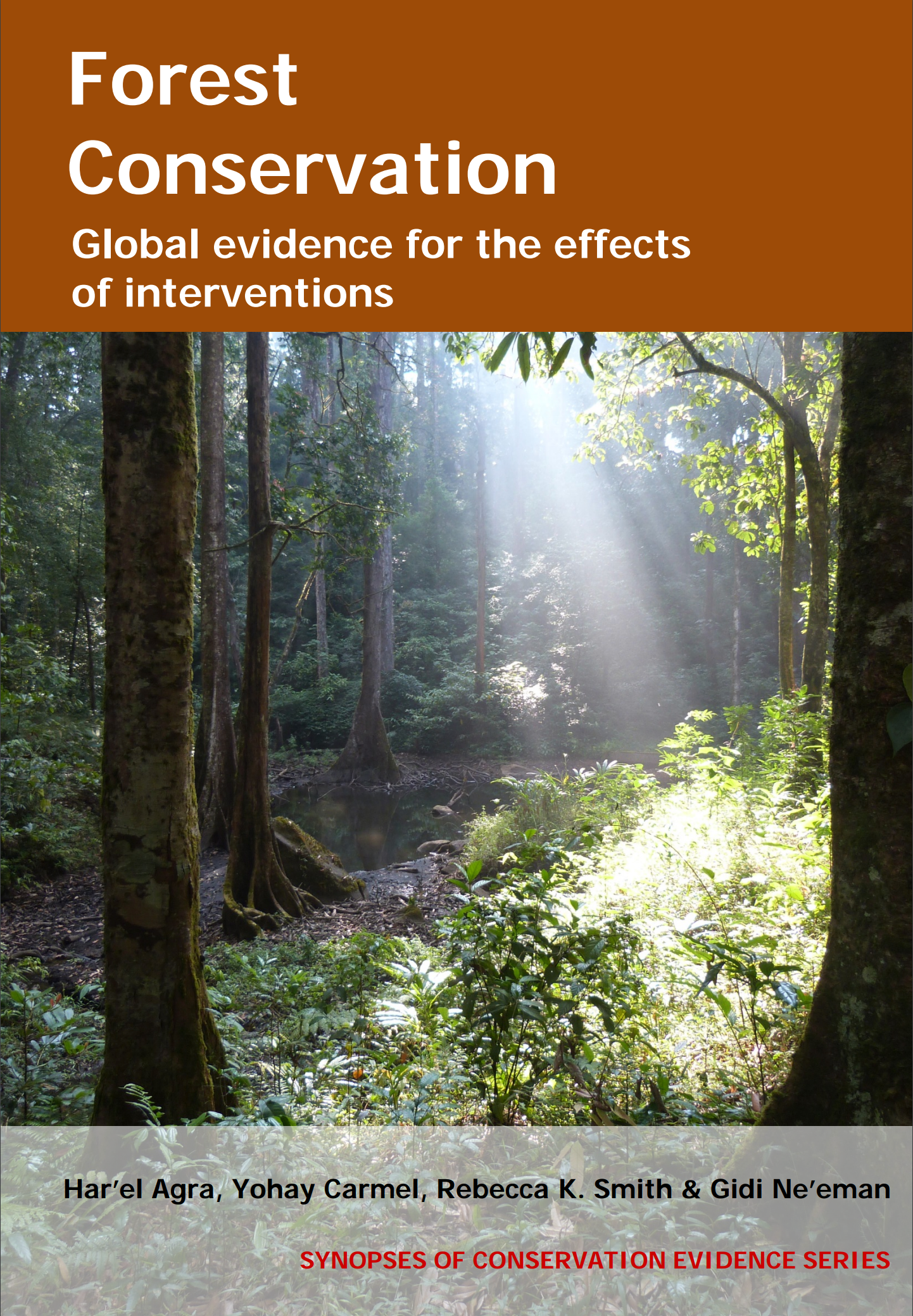Shorten livestock grazing period or control grazing season in forests
-
Overall effectiveness category Unknown effectiveness (limited evidence)
-
Number of studies: 3
View assessment score
Hide assessment score
How is the evidence assessed?
-
Effectiveness
58% -
Certainty
33% -
Harms
0%
Study locations
Supporting evidence from individual studies
A replicated study in 1986-1993 in temperate woodland in the UK (Hester, Mitchell & Kirby 1996) found thatusingsummer instead of winter grazing increased the number of tree seedlings. The number of seedlings was higher following summer (8-17/100 m2) compared to following winter grazing (4-6/100 m2). Six summer (May-October) and six winter grazing (October-May) plots were established in 1986. Seedlings (>1 year old, <30 cm diameter at breast height) were monitored in 2003 in 20 quadrats (10 × 10 m) within each plot.
Study and other actions testedA paired-sites study in 2006 in temperate woodland in south-eastern Australia (Dorrough et al. 2012) found no effect of different grazing regimes on native plant species richness. The number of native plant species/plot was similar between treatments (continuous-grazing: 18; rotational-grazing: 15). Monitoring was in two continuous-grazing (livestock had unrestricted access) and two rotational-grazing (<56 days grazing followed by >21 days with no grazing) plots (1 ha) in each of 12 sites (a total of 48 plots).
Study and other actions testedA replicated study in Mediterranean open woodland in Spain (Carmona et al. 2013) found that seasonal grazing increased the abundance and height of oak saplings compared to permanent grazing. Percentage cover of young oaks (seasonal grazing: 9%; permanent: <1%) and young oak height (seasonal: 80 cm; permanent: 40 cm), and density of young and old oak saplings (seasonal: 100-80 saplings/ha; permanent: 20 saplings/ha) were higher with seasonal than permanent grazing. Two to six sites were located in each of nine permanently grazed areas (grazed throughout the year) and nine areas grazed seasonally December to May. Each area was 20-480 ha and had been grazed in the ten years before treatment. Monitoring was in four 3 × 3 m plots in each site.
Study and other actions tested
Where has this evidence come from?
List of journals searched by synopsis
All the journals searched for all synopses
This Action forms part of the Action Synopsis:
Forest Conservation
Forest Conservation - Published 2016
Forest synopsis





)_2023.JPG)














